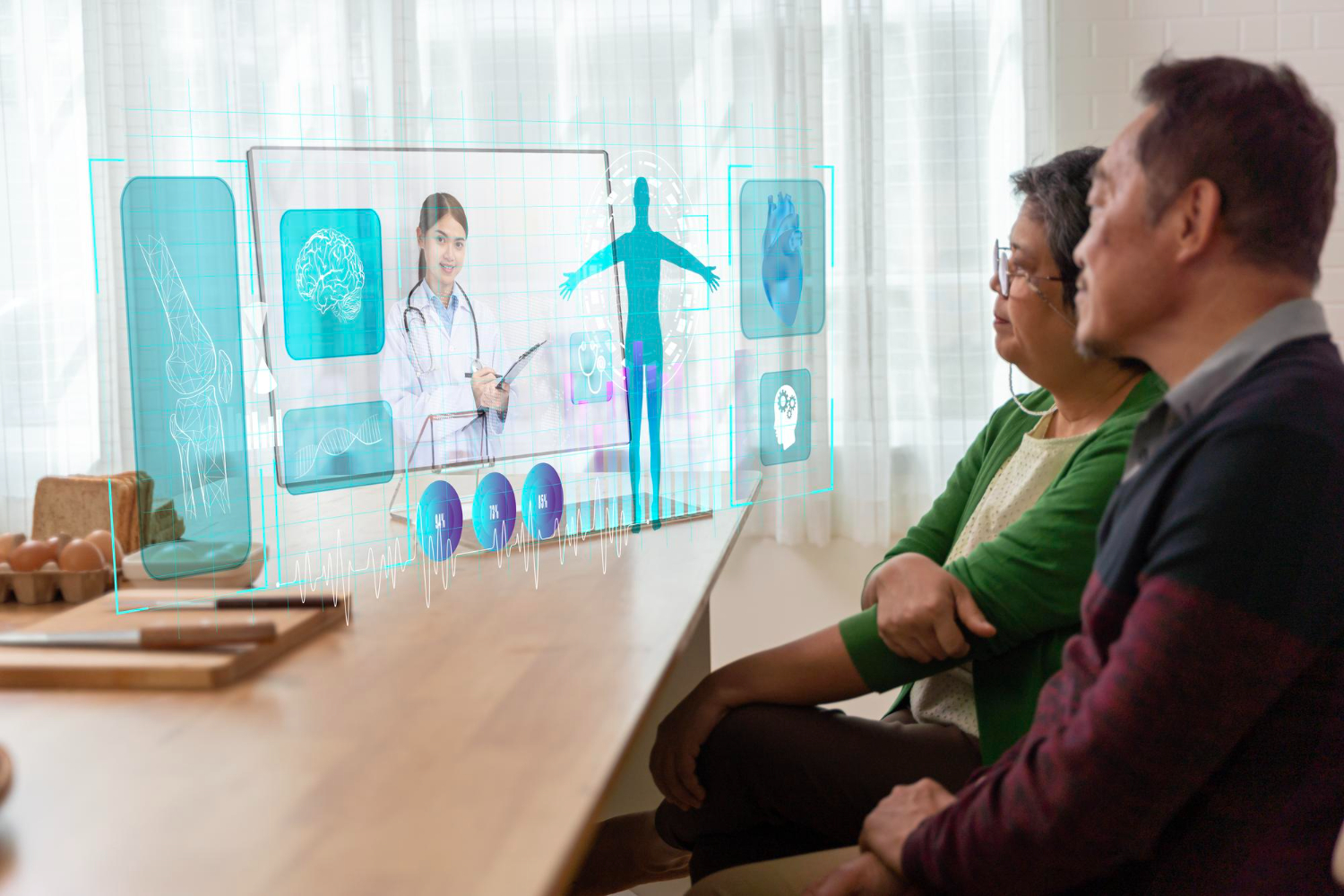
Overview of Coverage Changes
UnitedHealthcare has announced significant restrictions to its remote physiologic monitoring (RPM) coverage policy, effective next year. The insurance giant will discontinue coverage for remote monitoring services it deems “unproven and not medically necessary,” marking a substantial shift in telehealth service accessibility for millions of members across multiple insurance plans.
What Remote Physiologic Monitoring Includes
Remote physiologic monitoring represents a critical component of modern healthcare delivery. This technology enables the systematic collection of patient physiological data outside traditional clinical settings, allowing healthcare professionals to develop and execute comprehensive treatment plans without requiring in-person visits.
How RPM Technology Works
Healthcare providers utilize various connected devices and digital platforms to track vital signs, glucose levels, blood pressure readings, and other health metrics continuously. This real-time data transmission enables proactive intervention and reduces the need for frequent office visits while maintaining quality care standards.
Services No Longer Covered
Type 2 Diabetes Monitoring Excluded
Despite the prevalence of Type 2 diabetes affecting millions of Americans, UnitedHealthcare has determined that remote monitoring for this chronic condition lacks sufficient evidence to warrant continued coverage. This decision will impact diabetes patients who rely on connected glucose monitoring systems and remote consultations with endocrinologists.
Most Hypertension Cases Ineligible
The new policy excludes coverage for remote blood pressure monitoring in most hypertension cases. Only specific high-risk scenarios will qualify for continued coverage, leaving many patients with elevated blood pressure without access to convenient home monitoring reimbursement.
Conditions Still Eligible for Coverage
Heart Failure Monitoring Remains Covered
UnitedHealthcare will maintain coverage for remote monitoring services related to heart failure management. This decision reflects research demonstrating that noninvasive remote monitoring tools significantly improve outcomes for approximately half of assessed heart failure patients.
Benefits of heart failure monitoring include:
- Early detection of fluid retention
- Reduced hospital readmission rates
- Improved medication adherence
- Enhanced quality of life for cardiac patients
Hypertensive Disorders of Pregnancy Protected
Pregnant patients diagnosed with gestational hypertension will continue receiving coverage for home blood pressure monitoring. Research supporting this coverage demonstrates that remote monitoring reduces the frequency of antenatal visits while maintaining maternal and fetal safety standards.
Impact on Different Plan Members
The coverage restrictions will affect multiple UnitedHealthcare insurance product lines, creating widespread implications across the healthcare system.
Medicare Advantage Enrollees
Senior citizens enrolled in UnitedHealthcare Medicare Advantage plans will experience the most significant impact, as many rely on remote monitoring for chronic disease management and mobility limitations that make frequent office visits challenging.
Commercial and Individual Exchange Plans
Working-age adults with commercial insurance policies and those purchasing coverage through individual health insurance exchanges will also face restricted access to remote physiologic monitoring services under the new policy guidelines.
Community Plan Members
Medicaid-equivalent community plan members will encounter similar coverage limitations, potentially creating barriers to preventive care for vulnerable populations who benefit most from convenient monitoring options.
Research Behind the Decision
UnitedHealthcare’s policy revision stems from comprehensive research evaluation examining clinical outcomes and cost-effectiveness of various remote monitoring applications.
Evidence for Gestational Hypertension
Studies reviewed by UnitedHealthcare demonstrated that pregnant patients with gestational hypertension who participated in home blood pressure monitoring programs required fewer antenatal clinic visits while maintaining appropriate maternal-fetal surveillance standards.
Mixed Results for Heart Failure
Research analysis revealed that approximately fifty percent of noninvasive remote monitoring tools assessed for heart failure management produced measurable improvements in patient outcomes, justifying continued coverage for this specific cardiac condition.
CMS Involvement and Future Implications
The Centers for Medicare & Medicaid Services (CMS) continues playing an influential role in shaping remote monitoring reimbursement policies nationwide. According to recent CMS regulations, the agency will utilize hospital data to establish payment rates for various remote monitoring services beginning next year.
Industry Advocacy Efforts
The Remote Monitoring Leadership Council previously submitted formal correspondence to CMS Administrator Mehmet Oz, MD, emphasizing potential cost savings and improved patient outcomes associated with expanded remote monitoring access. This advocacy highlights ongoing tensions between payer restrictions and provider-led initiatives promoting telehealth expansion.
What This Means for Patients
Patients currently utilizing remote physiologic monitoring for Type 2 diabetes or routine hypertension management should consult their healthcare providers about alternative coverage options and out-of-pocket costs before the policy implementation date. Those with heart failure or pregnancy-related hypertension diagnoses can continue accessing covered remote monitoring services without interruption.
Discover the latest payers’ news updates with a single click. Follow DistilINFO HealthPlan and stay ahead with updates. Join our community today!


